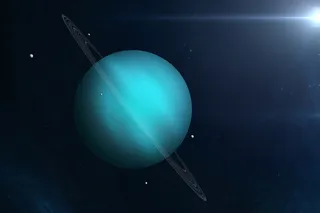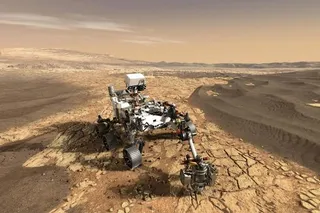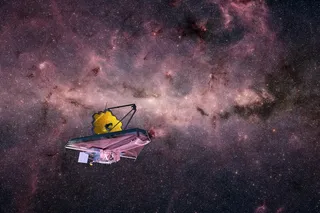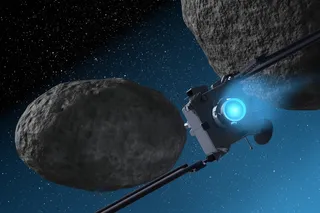This semester I'm teaching General Relativity, and as part of discussing gravitational waves, this week I briefly discussed pulsars. It was quite timely therefore when I learned of a new proposal that pulsars may ultimately provide a perfect navigation system for spacecraft far from Earth.
Here on Earth, the Global Positioning System (GPS) gives us a highly accurate way of determining position, and many of us now use hand-held devices every day to help with directions. These work because GPS satellites provide a set of clocks, the relative timings of the signals from which can be translated into positions. This is, by the way, another place where both special and general relativity are crucial to how the system works. Out in deep space, of course, our clocks are unfortunately useless for this purpose, and the best we currently can do is by comparing the timing of signals as they are ...













